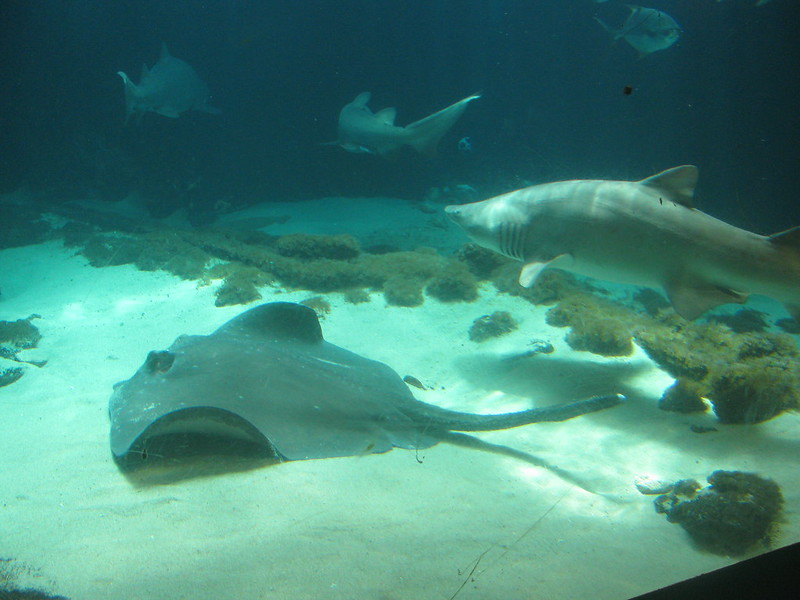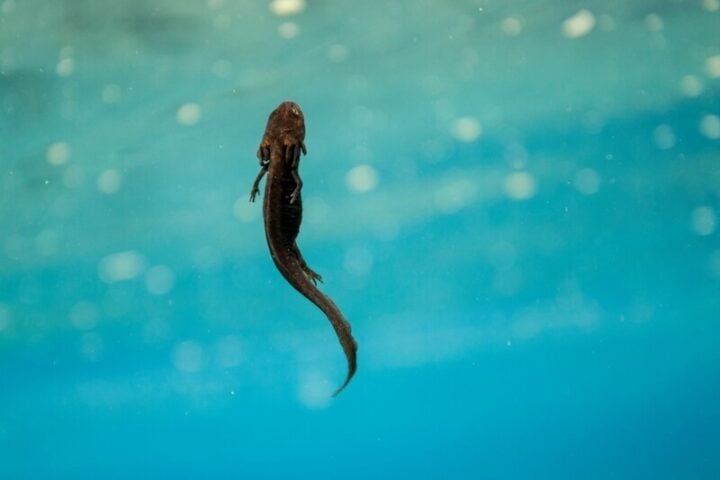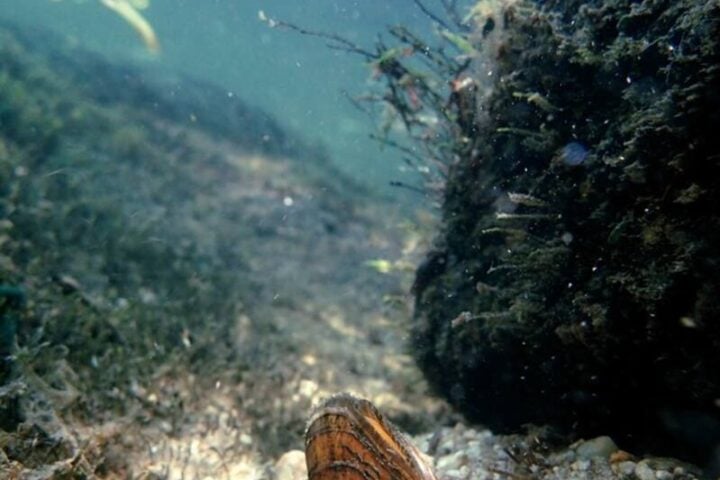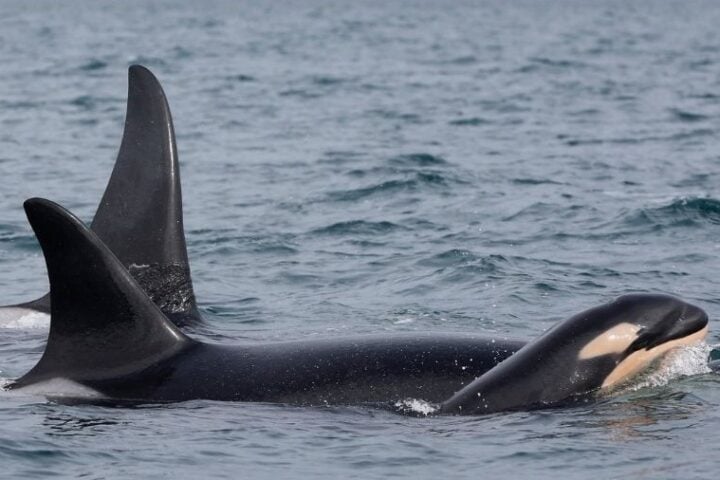In an alarming development for marine conservation, one-third of shark, ray, and chimaera species now face extinction, according to a comprehensive report by the International Union for Conservation of Nature (IUCN). The findings, compiled by 353 experts from 115 countries, reveal the growing crisis in our oceans.
Crisis in Numbers
The assessment shows 391 species are in IUCN threatened categories: 90 critically endangered, 121 endangered, and 180 vulnerable species. Rays face the gravest threat, with 41% of 611 species at risk, followed by 36% of 536 shark species, and 9% of 52 chimaera species.
“If I tell you that three-quarters of tropical and subtropical coastal species are threatened, just imagine a David Attenborough series with 75% of its predators gone. If sharks are declining, there’s a serious problem with fishing,” states Prof Nicholas Dulvy of Simon Fraser University, who led the research.
Economic Complexities
The global demand for shark meat has doubled, with its value now 1.7 times higher than the fin trade. Products including ray gill plates, liver oil, and skins generate nearly $1 billion annually. Indonesia, Spain, India, Mexico, and the USA rank as the world’s largest shark-fishing nations.
Regional Impact and Uses
The report details varied uses across regions:
- Oman: Traditional eyeliner from shark liver oil
- Indonesia: Shark and ray skins processed into chips
- Belgium: Ray cheeks served as delicacies
- Thailand: Ray and shark skins crafted into luxury items
- Yemen: Shark corneas reportedly used in human transplants
Conservation Status
“Nearly 20 years after the first report, there have been drastic changes, with sharks and rays now among the most threatened vertebrates on the planet,” explains Alexandra Morata, IUCN SSC SSG Programme Officer.
The situation has deteriorated rapidly. Three species may already be extinct: the Java stingaree (last seen 1868), Red Sea torpedo ray (1898), and South China Sea’s lost shark (1934).
Urgent Call for Action
Dr. Rima Jabado, IUCN SSC deputy chair and SSG chair, emphasizes: “This report is a call to action so we can work together and make each of the country recommendations a reality, especially those relating to responsible fisheries management. It is the only way these species will survive.”
Sarah Fowler from Save Our Seas Foundation notes progress in governance: “The conservation and management of sharks is difficult for a variety of reasons, but many governments are breaking down the silos that separate how we deal with sharks and rays as fisheries resources, and as wildlife to conserve.”
More Stories
Critical Role in Ecosystems
These species play vital roles in ocean health:
- Nutrient cycling in oceans
- Carbon sequestration
- Maintaining mangrove ecosystems
- Supporting coastal community livelihoods with up to 80% of fishers’ income in some developing nations depending on shark and ray fisheries
Current Threats
Overfishing remains the primary threat, with 26% of species directly targeted and most caught as bycatch. Population declines are severe among rhino rays, whiprays, angel sharks, and gulper sharks.
The problem is particularly acute in tropical and subtropical waters, especially off Indonesia and India, where high coastal population demand combines with unregulated fisheries driven by demand for higher value products like fins.
Looking Forward
While Canada, the USA, and Australia show promising developments in sustainable fisheries, immediate action is crucial. As Sonja Fordham, president of Shark Advocates International, warns: “Time is running out for more and more shark and ray species.”











![Representative Image: European Starling [49/366]. Photo Source: Tim Sackton (CC BY-SA 2.0)](https://www.karmactive.com/wp-content/uploads/2025/04/Starlings-Drop-82-in-UK-Gardens-as-Birdwatch-2025-Reveals-Record-Low-Count-Since-1979-720x480.jpg)





